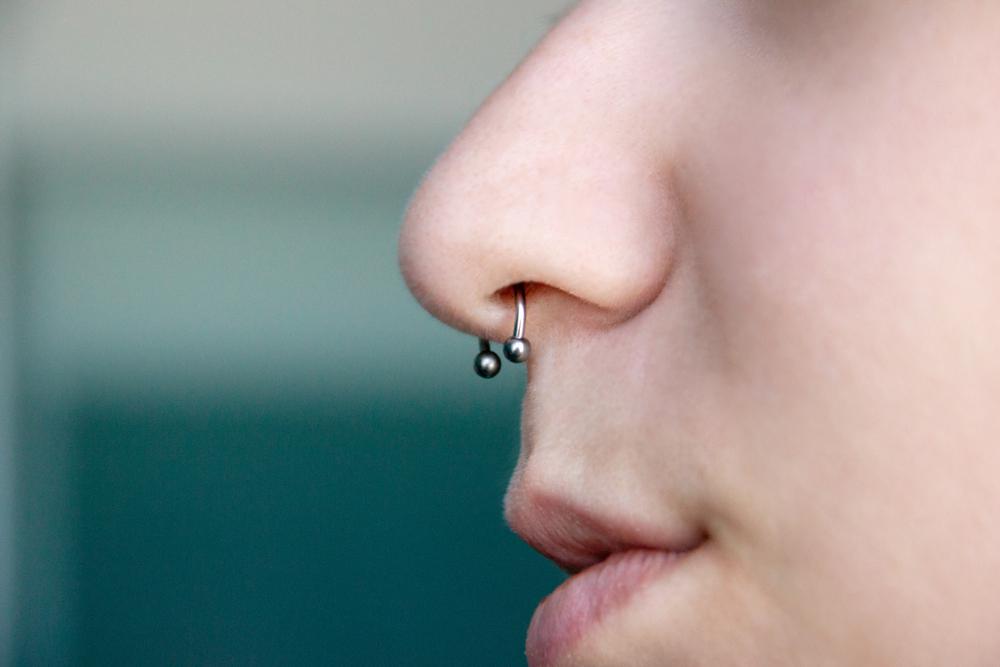Complete guide for those who want to get tattooed for the first time
Pablo Juarez
If you are thinking of having this type of body modification, it is important that you know how to choose the material of the jewelry to be placed, as well as how to care for your skin to avoid infection.
by Astrid Morales
Posted onFiled in:
Body modificationsPiercingsPiercingsHealthThe practice of piercing a part of the body to place an earring or other type of jewelry has gained popularity by leaps and bounds for decades. The ears, nose, eyebrows, navel, lips, and tongue are the most common body parts to do this. However, there are those who choose to embed pieces in their cheeks, neck, arms and more.

Pablo Juarez
Thinking of doing it? According to a publication by Nemours, one of the largest non-profit organizations dedicated to health, before getting a piercing it is important to make sure your vaccination schedule is up to date (especially regarding the hepatitis vaccine B and tetanus). If you have any medical problems such as congenital heart disease, allergies, diabetes, a weakened immune system, or a bleeding problem, they suggest that you contact a health professional before piercing your skin. In the case of mouth piercings, they recommend making sure that your teeth and gums are completely healthy and also emphasize that if you have keloids (excessive growths of scar tissue) you should not undergo the procedure.
The tattooist and body modifier Adrián Méndez explains that the most used materials in piercings are surgical steel and titanium. He assures that although the most used is steel, the second option is more recommended because it is a lighter material and the healing of the perforation is faster and easier. Other alternatives are jewelry made of silver and gold. Mendez suggests considering silver as an option until the pierced skin has healed, otherwise you will be at risk of infection. Regarding gold, he mentions that he must consider that its price is much higher than any other material.
In addition to choosing your piece, you must make sure that the place where the piercing will be done meets certain standards and that the person in charge of doing it is a professional. Follow these tips:
Once the perforation is done, a stage of special attention and care begins with the aim that the healing process is carried out without problems. Follow these tips:
Piercings are at risk of becoming infected. The reasons are various, but the signs that something is wrong can be easily determined. If the skin is still very red after several days or starts to turn purple, you notice a yellowish fluid oozing from it or you feel a lot of pain when you touch the area, the wound bleeds or it is warm, it is very likely that you have an infection. In this case, it is best to visit a doctor as soon as possible.
